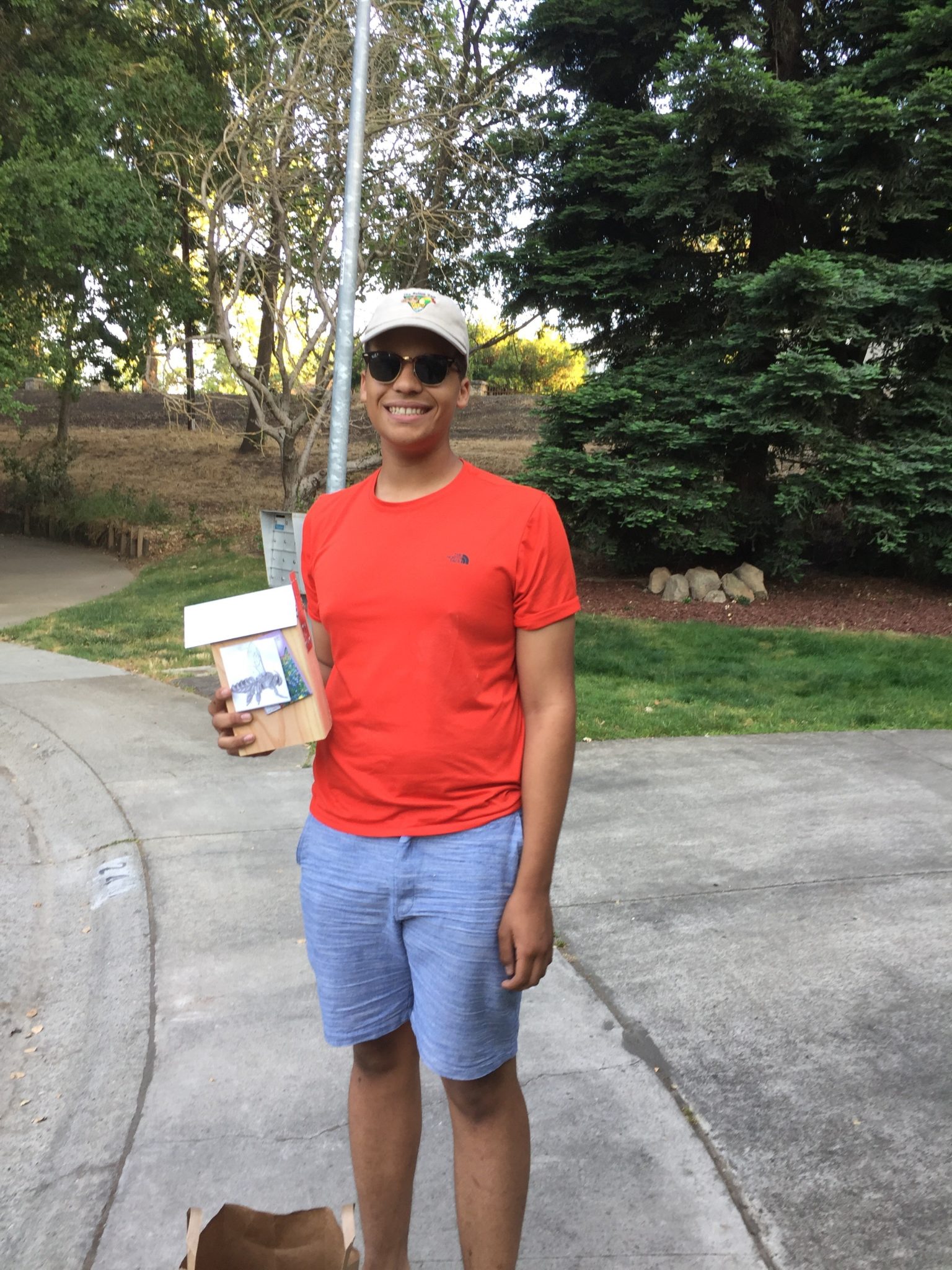2018, Calgary, Alberta, Canada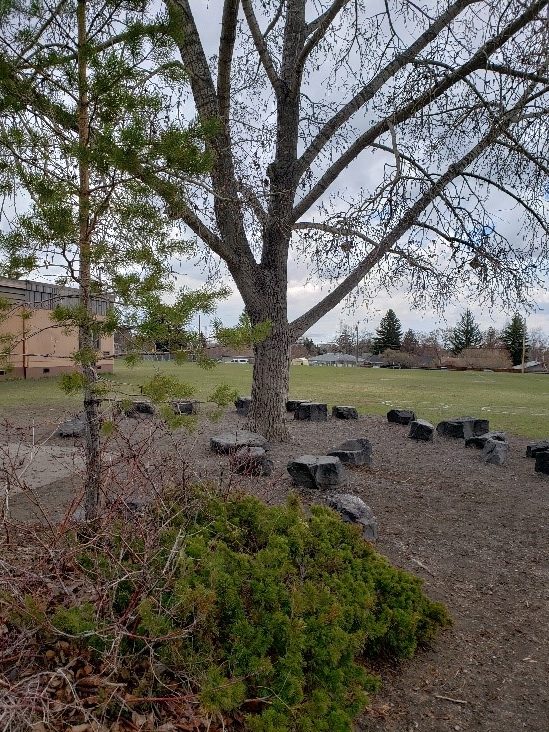
In 2018, Tina Tran of St. James School in Calgary, AB implemented her project “Rain Gardens – How Can They Impact Our Planet?”. Her goal for the project was to build a healthy rain garden in the schoolyard and educate students on the significant impacts of conserving water to our watershed. The benefits that Tina identified in researching and implementing her project included reducing the amount of carbon dioxide by allowing for more native vegetation respiration processes to occur, and conserving water by planting water-wise plants to improve soil water retention. Her and her class planted native tree and shrub species, and incorporated healthy mulch into their schoolyard gardens to inhibit weed growth and decrease the amount of water required in the rain gardens.
From the same class, Ben Trudeau spearheaded his tree planting project throughout the same garden and outdoor classroom space at his school, St. James.
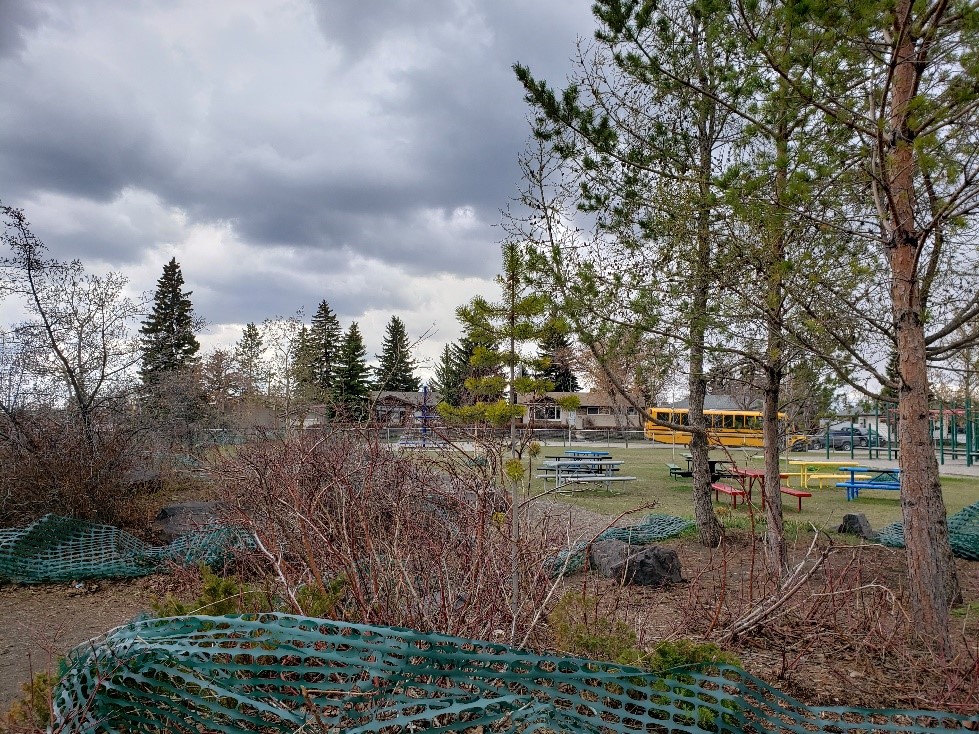
He also distributed soil high in nutrients throughout these green spaces to allow for more effective growth and fill in some of the gaps throughout the gardens. Species of shrubs, birch and willow trees were planted, and the increased vegetation is supporting clean air and healthy habitats for local, native wildlife. The project has also improved the aesthetics and learning opportunities for students engaging in the outdoor classroom.
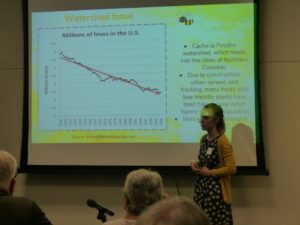
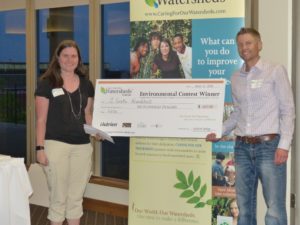
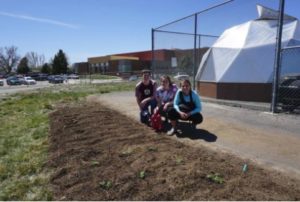
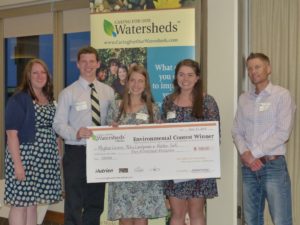
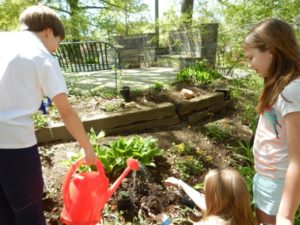
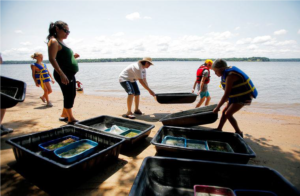
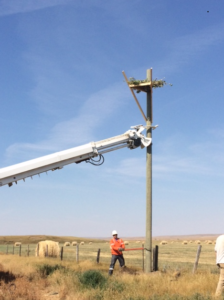
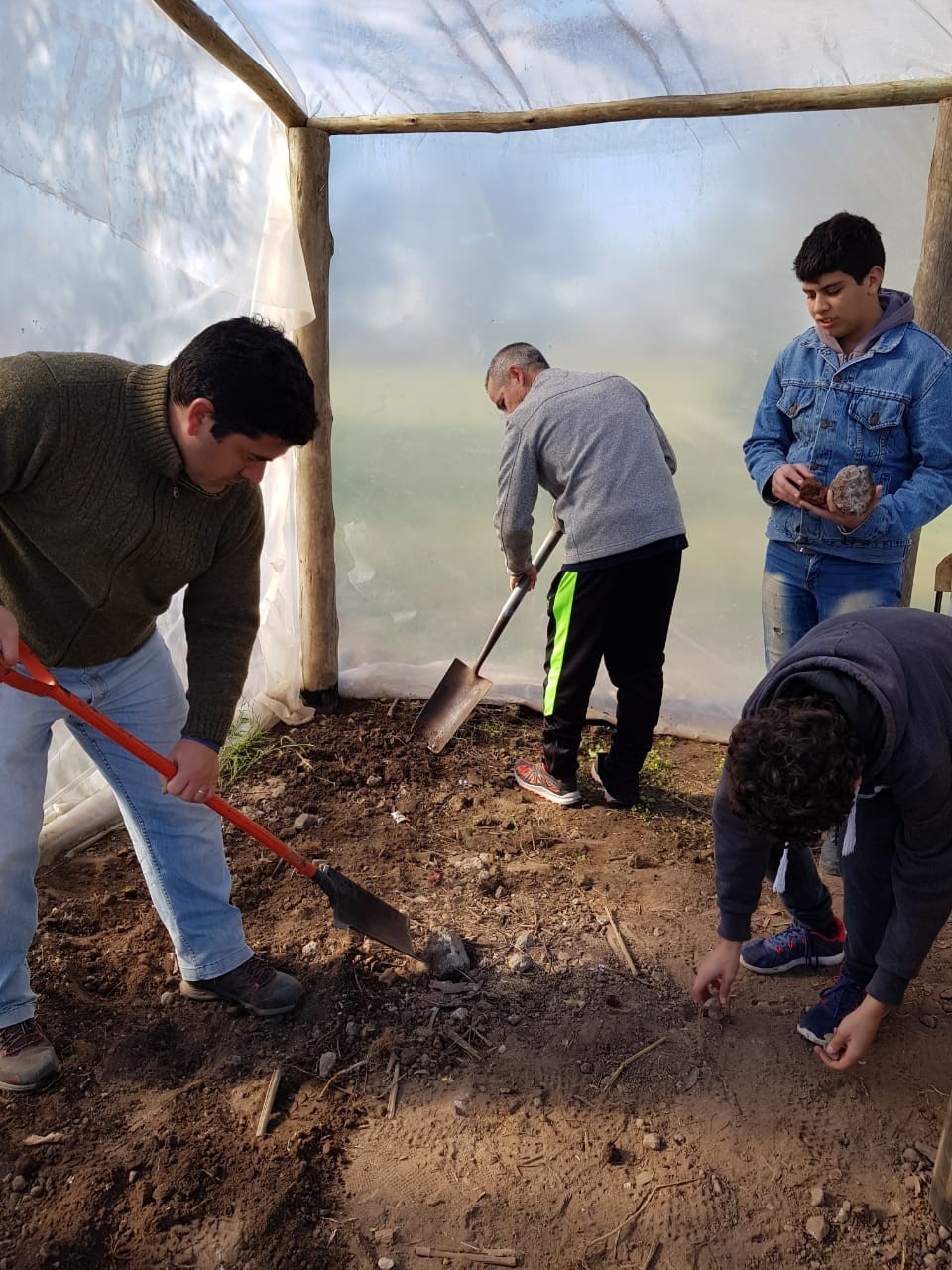 2017 Tres Sargentons, San Antonio de Areco, Buenos Aires, Argentina
2017 Tres Sargentons, San Antonio de Areco, Buenos Aires, Argentina The aim of this project is to encourage the return of native birds, by reforesting the Tres Sargentos town with native trees and shrubs. The project focuses on the hummingbird as an emblematic species. The students built a place for the growth of plants that attract birds and create lots of seedlings that, in time, will become trees that attract hummingbirds.
The aim of this project is to encourage the return of native birds, by reforesting the Tres Sargentos town with native trees and shrubs. The project focuses on the hummingbird as an emblematic species. The students built a place for the growth of plants that attract birds and create lots of seedlings that, in time, will become trees that attract hummingbirds.